Home>Furniture>Kitchen Furniture>What is an Undermount Sink and How To Install One


Kitchen Furniture
What is an Undermount Sink and How To Install One
Modified: December 6, 2023
These modern takes on an old classic are starting to take over kitchens and bathrooms alike. But, what is an undermount sink exactly? Find out here!
(Many of the links in this article redirect to a specific reviewed product. Your purchase of these products through affiliate links helps to generate commission for Storables.com, at no extra cost. Learn more)
The stove may be the star of every kitchen, but the sink is definitely its unsung hero. After all, dirty dishes, fresh produce, and more need washing daily. It’s about time to give this kitchen staple a little love. But how do you improve on a simple design that’s been perfected over centuries? An easy, more modern take comes in the form of an undermount sink. Join us as we explore exactly what is an undermount sink and all the ways it can improve your countertop.
What Is an Undermount Sink?
The main difference between an undermount sink and the regular old sort is how it sits on your counter. True to its name, this clever twist on the classic design is mounted underneath your countertop. It turns out you can fit a lot under there. This allows the sink’s “lip” to be hidden away, giving you more precious space for soaps, sponges, or other washing paraphernalia.
Much like normal drop-in sinks, undermount sinks come in many shapes and sizes. In general, there’s the typical single-basin variety, perfect for smaller spaces and giving you even more room to work with. On the other hand, there’s also the double-bowl type that gives you more room for washing and rinsing. Undermount sinks aren’t solely for the kitchen either. Many homeowners enjoy installing these counter-saving fixtures in their bathrooms as well.
Read more: What Is Undermount Sink
Pros and Cons of an Undermount Sink
Like all fixtures, undermount sinks have pros and cons that need looking into before installation. What is an undermount sink good for, and what troubles can it cause you? This section aims to familiarize you with these aspects before we move on to comparing it to the traditional drop-in sink.
Pros
The main benefit of having an undermount sink is the counter space. Since the sink is installed beneath the counter, the usual lip around it is gone entirely. While this only gives an inch or two of extra space, it also results in a much cleaner look in the end. In addition to this, the lack of a lip prevents crumbs, liquids, and other things from getting caught beneath the sink while you clean up. This ultimately leads to a cleaner counter and under-sink.
We also have yet to touch on the appearance of the undermount sink. The fixture is especially attractive in modern homes that value clean, seamless aesthetics. It makes a small but very noticeable change to the classical sink’s design, just enough to catch the eye without being loud.
Cons
While undermount sinks have a lot of benefits, they do also come with a few caveats. For example, traditional sinks take up more of your counter space, but undermount sinks take up more space beneath your counter. Because of this, they may also sit a little lower than regular drop-in sinks. You’ll need to reach a little further if your dishes are at the bottom.
In terms of installation and maintenance, undermount sinks also have some specific requirements. Your counter will need to be sturdy enough to accommodate their mounting, and many tile and laminate counters just won’t cut it. Also, specific wood or plywood countertops are often ruled out entirely due to how they absorb too much moisture from the lack of a lip. Tougher, more water-resistant materials such as stone, granite, and marble are much better for undermount sinks.
Summary of Pros and Cons
Pros
- Frees up counter space
- Prevents debris from getting caught under the sink lip
- Looks modern, clean, and seamless
Cons
- Takes up more space underneath the sink
- Requires specific counters for installation
Read more: How To Measure Undermount Sink
Undermount vs Drop-In Sink
Since we’re more familiar with the undermount sink now, it’s time to look at how it stacks up against the traditional drop-in sink. In terms of mass, an undermount sink may actually use more space in total due to its mounting. That being said, undermount sinks take up the area beneath the counter, where there’s arguably more space to spare. Drop-in sinks will eat up counter space instead.
Then there’s the installation. Undermount sinks tend to take a little more time and effort to install due to their unique mounting. This is especially true if you have a unique design in mind since the counter will need to be cut very specifically to accommodate the sink. They’re also more finicky when it comes to certain counter types, but in the end, undermount sinks will often trump drop-in sinks visually with a cleaner, more polished final look.
| Metric of Comparison | Undermount Sink |
Drop-In Sink |
| Counter Usage | Takes up less space on top, but uses more space under the counter | Leaves more space beneath for storage, but takes up more countertop space |
| Installation | More difficult to install | Simple installation |
| Mounting | Mounted from beneath | Mounted on countertop |
| Appearance and Aesthetic | Modern and seamless | Classic and layered |
How to Install an Undermount Sink
Installing an undermount sink may be a little harder than a typical drop-in type, but it isn’t that much more complicated. In this section, we’ll teach you how to install and remove this modern fixture.
How to Mount an Undermount Sink
To install the undermount sink to a freshly-cut counter, you’ll need some silicone sealant, a level, some planks of wood, and a parallel clamp.
Preparation
To start, make sure the underside of the counter and the ridges of the sink are nice and clean. This will allow the silicone to stick properly. Next, position your wood plank over the sink and atop the counter, preferably on a couple of hand towels to prevent scratches. Check with the level to make sure everything is properly aligned. The last thing you want is for the placement to be crooked and for water to start pooling in the corner of your sink.
Positioning
Here comes the tricky part. You may wish to grab a friend to help you here since it’s a lot easier with two sets of hands. Apply sealant to the ridge of the sink and carefully lift it into position. Align the sink properly with the hole in your counter, then hold it carefully in place.
Next, put a second, shorter plank of wood underneath the sink’s drainage hole, a little to the side to leave room for the clamp. Using the parallel clamp, align the sink parallel to your level plank of wood. The clamp should go over both the plank on top of the counter and beneath the drainage hole. Tighten it to keep the sink in place and check that everything is still level before continuing.
Mounting and Finishing
Now that everything else is in place, it’s time to look at mounting. What is an undermount sink attached to under there? The truth is that the different models of undermount sinks may also have different mounting mechanisms. A lot of them though rely on simple, heavy-duty brackets held in place under the countertop. You may use a drill to screw these in if needed.
Once the mounts are all secure and you’ve hooked up the drainage pipe, your new sink should be all good to go! When the first layer of sealant is dry, you may want to double-check to make sure there are no gaps and that it’s nice and smooth. Touch up as needed since the seal between the sink and the counter is important to keeping everything underneath dry and mold-free.
How to Remove an Old Undermount Sink
Alternatively, if you want to take out your undermount sink, it may actually be simpler than removing a traditional drop-in sink. Before you go about pulling your old undermount sink from the counter though, don’t forget to detach the drainage pipe. Once that’s done, you can proceed to the next step.
Removal
The silicone sealant is your first opponent. Go over this layer with a retractable utility knife, severing the seal as much as you can. If you feel the mounts underneath struggling, try to hold the sink up by the drainage hole as you cut. This will keep it from falling and potentially damaging the cupboards underneath.
Unmounting the sink should be easy enough for most sinks of this kind. Simply dip in underneath and unscrew all of the brackets on the bottom. Keep a firm hold on the sink as you do this or you may end up getting hit instead of the cupboards this time. With that, the sink should come off the counter easily.
Cleanup
Finally, it’s time to clean up. Whether you’re installing a new undermount sink or an old-fashioned drop-in type, trust us. You don’t want leftover silicone underneath your countertop. Just take a blade scraper and carefully scrape away any remaining silicone from the bottom of the countertop. Finally, if there are still some stubborn bits left, finish off your work with some denatured alcohol.
Read more: How To Mount Undermount Sink
How to Deep Clean an Undermount Sink
Speaking of cleaning up, it’s time to talk about the inevitable. Your beautiful new fixture will start to get a little grimy and maybe even a bit blocked up, no matter how well you care for it. So, what is an undermount sink cleaning routine you can follow to make sure it stays spick and span?
Well, to start, hit it with a good dose of baking soda. This handy cleaner has been essential in deep cleaning for decades. Coat the whole sink in a good thin layer of the stuff and let it sit for a while. This’ll remove a ton of odors and mold from the many little corners of your sink. If there are any particularly stubborn bits of grime, try a dash of vinegar to go with your sink’s baking soda bath.
Next, you’ll want to clean the faucet with some vinegar to get rid of the water stains. If your faucet head, in particular, is looking worse for wear, dunk it in a plastic bag of vinegar for 30 minutes to an hour. While that’s soaking, you can start scrubbing. Go over the whole sink with a damp scrubber, and try a toothbrush for any hard-to-reach corners and seams.
Once that’s all done and dusted, you can rinse down the sink and finish off with a microfiber cleaning towel. For any drainage problems, check out our handy guide on how to unclog a sink.
Frequently Asked Questions about What Is An Undermount Sink
-
Read more: How To Install Undermount Kitchen Sink
Why is an undermount sink better?
Undermount sinks make for elegant, modern additions to bathrooms and kitchens alike. This type of fixture saves you a good amount of counter space while also making your sink area much easier to clean. It’s an excellent upgrade for those willing to put in the extra elbow grease or cash for the installation.
-
Is it better to have an undermount or drop-in sink?
While undermount and drop-in sinks differ in installation and design, they both ultimately serve the same purpose. They provide a place for quick washes. Between the two, the undermount sink is usually more modern-looking and easy to clean, while the drop-in sink is more classic and easier to install. You’ll need to decide which will suit your home and budget better.
-
What is the difference between undermount and top mount sinks?
Undermount sinks are, true to their name, mounted from the bottom of the sink area. They’re attached with silicone and mount beneath the counter, leaving more space on the countertop for other things. Top mount or drop-in sinks have a sort of overhanging lip that goes on top of the edges of the sink area. This allows their bowl part to be suspended on the counter rather than stuck to it.
-
Do you need a special sink for undermounting?
Undermount sinks are usually built specifically to be mounted from below. They have special brackets included with them, and their ridges are usually more narrow than drop-in sinks.
Read more: How To Attach An Undermount Sink To Granite
Conclusion
With that, we conclude our deep-dive on this fascinating fixture. We hope you enjoyed finding out what is an undermount sink with us. It’s ultimately an excellent progression from the traditional drop-in types. As a cleaner, more seamless piece, there’s no doubt we’ll be seeing more of the undermount sink in modern homes everywhere.
Was this page helpful?
At Storables.com, we guarantee accurate and reliable information. Our content, validated by Expert Board Contributors, is crafted following stringent Editorial Policies. We're committed to providing you with well-researched, expert-backed insights for all your informational needs.
![[MR Direct] Undermount Double Bowl Kitchen Sink for What Is an Undermount Sink](https://storables.com/wp-content/uploads/2022/07/MR-Direct-Undermount-Double-Bowl-Kitchen-Sink-for-What-Is-an-Undermount-Sink-300x300.jpg)
![[TORVA] Black Ceramic Coating Undermount Sink for What Is an Undermount Sink](https://storables.com/wp-content/uploads/2022/07/TORVA-Black-Ceramic-Coating-Undermount-Sink-for-What-Is-an-Undermount-Sink-300x300.jpg)
![[KOHLER] Verticyl Undermount Bathroom Sink for What Is an Undermount Sink](https://storables.com/wp-content/uploads/2022/07/KOHLER-Verticyl-Undermount-Bathroom-Sink-for-What-Is-an-Undermount-Sink-300x200.jpg)
![[Empire] True Blue 12-Inch Magnetic Level](https://storables.com/wp-content/uploads/2022/07/Empire-True-Blue-12-Inch-Magnetic-Level-300x82.jpg)
![[Bora] Two-Pack 24-Inch Parallel Clamps](https://storables.com/wp-content/uploads/2022/07/Bora-Two-Pack-24-Inch-Parallel-Clamps-300x263.jpg)
![[DEWALT] Folding Retractable Utility Knife](https://storables.com/wp-content/uploads/2022/07/DEWALT-Folding-Retractable-Utility-Knife-1-300x78.jpg)
![[REXBETI] Razor Blade Scraper](https://storables.com/wp-content/uploads/2022/07/REXBETI-Razor-Blade-Scraper-300x297.jpg)
![[KLEAN-STRIP] Denatured Alcohol](https://storables.com/wp-content/uploads/2022/07/KLEAN-STRIP-Denatured-Alcohol-296x300.jpg)
![[Arm and Hammer] Pure Baking Soda Shaker for What Is an Undermount Sink](https://storables.com/wp-content/uploads/2022/07/Arm-Hammer-Pure-Baking-Soda-Shaker-for-What-Is-an-Undermount-Sink-131x300.jpg)

![[MR.SIGA] Professional Microfiber Cleaning Towels for What Is an Undermount Sink](https://storables.com/wp-content/uploads/2022/07/MR.SIGA-Professional-Microfiber-Cleaning-Towels-for-What-Is-an-Undermount-Sink-300x231.jpg)
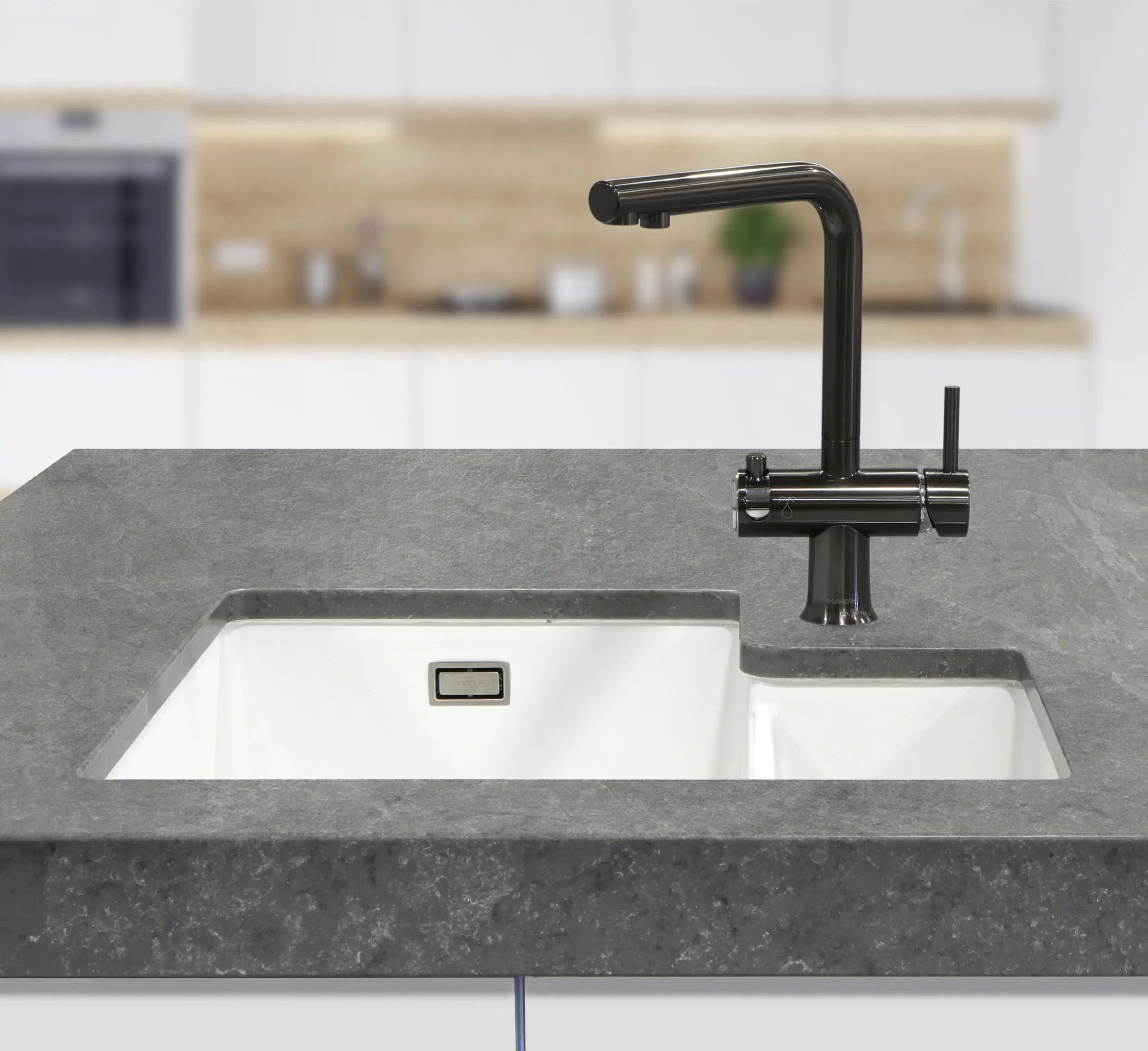
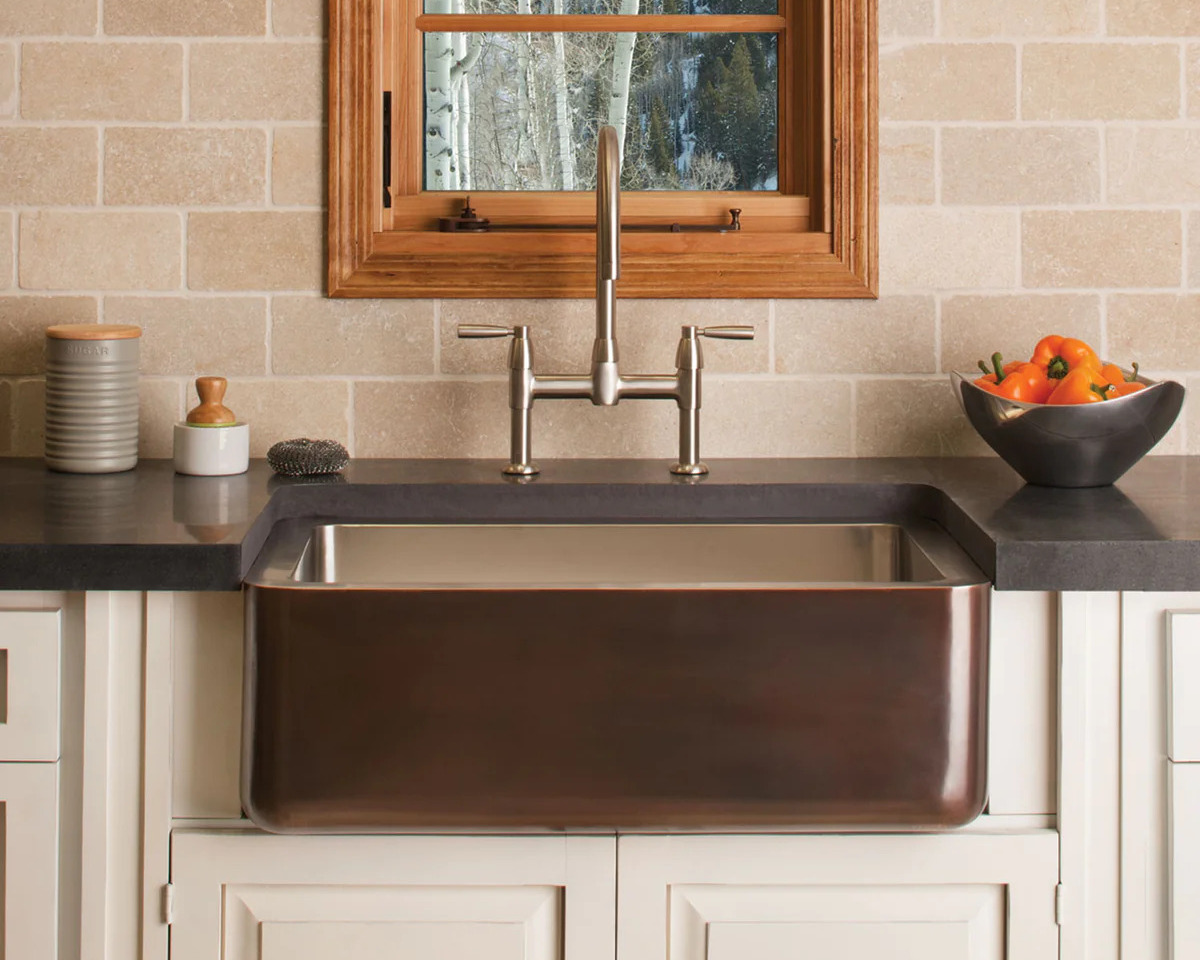

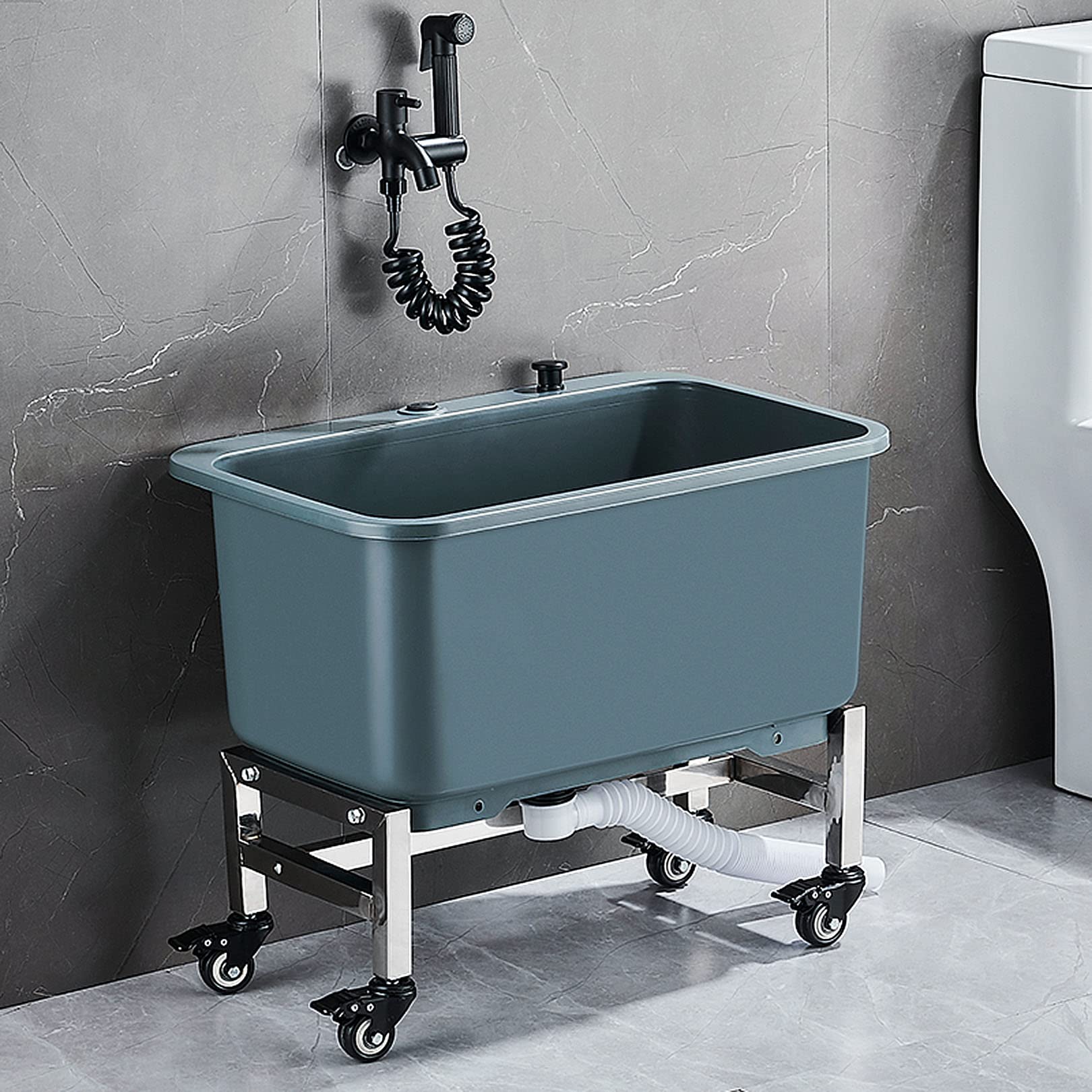
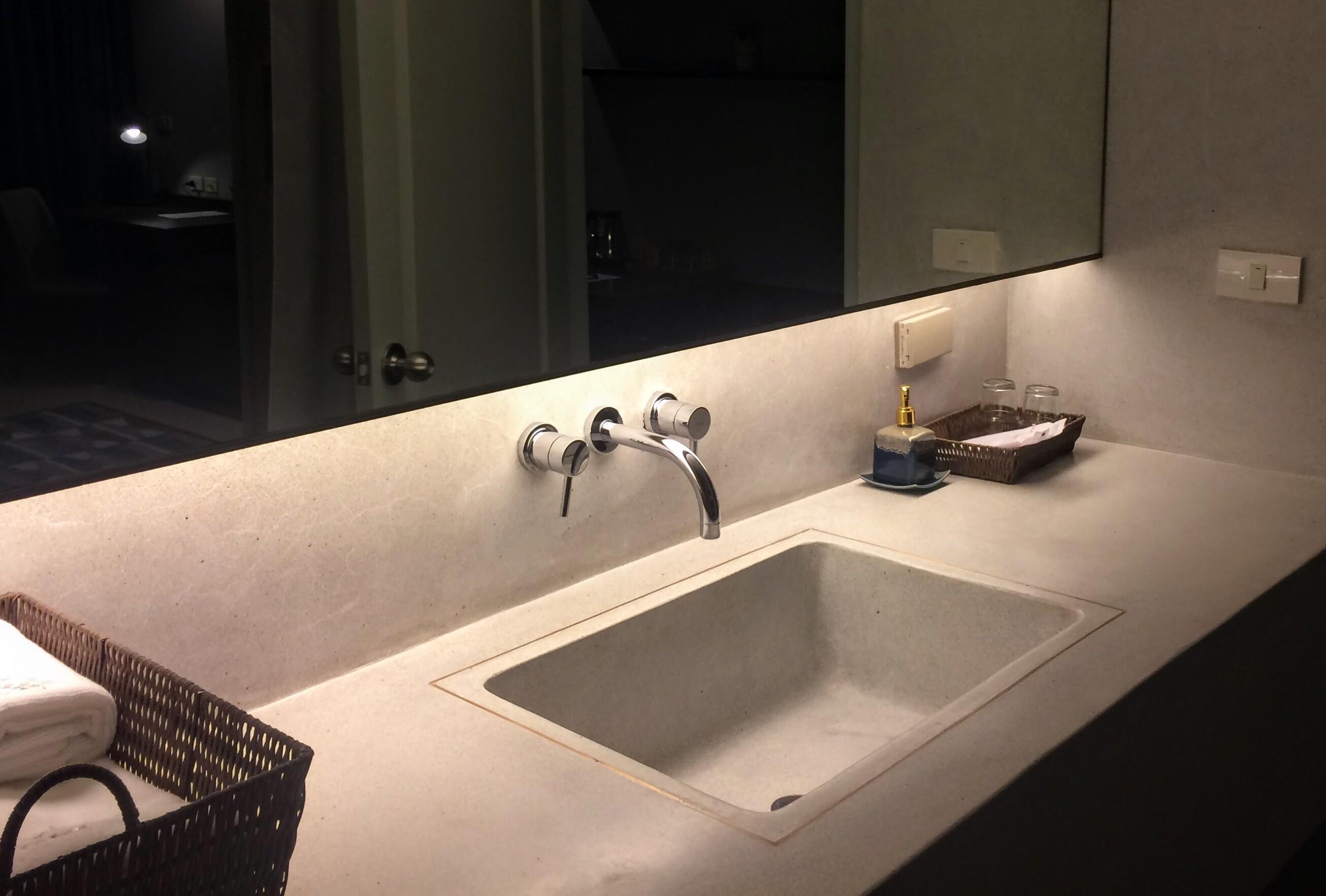
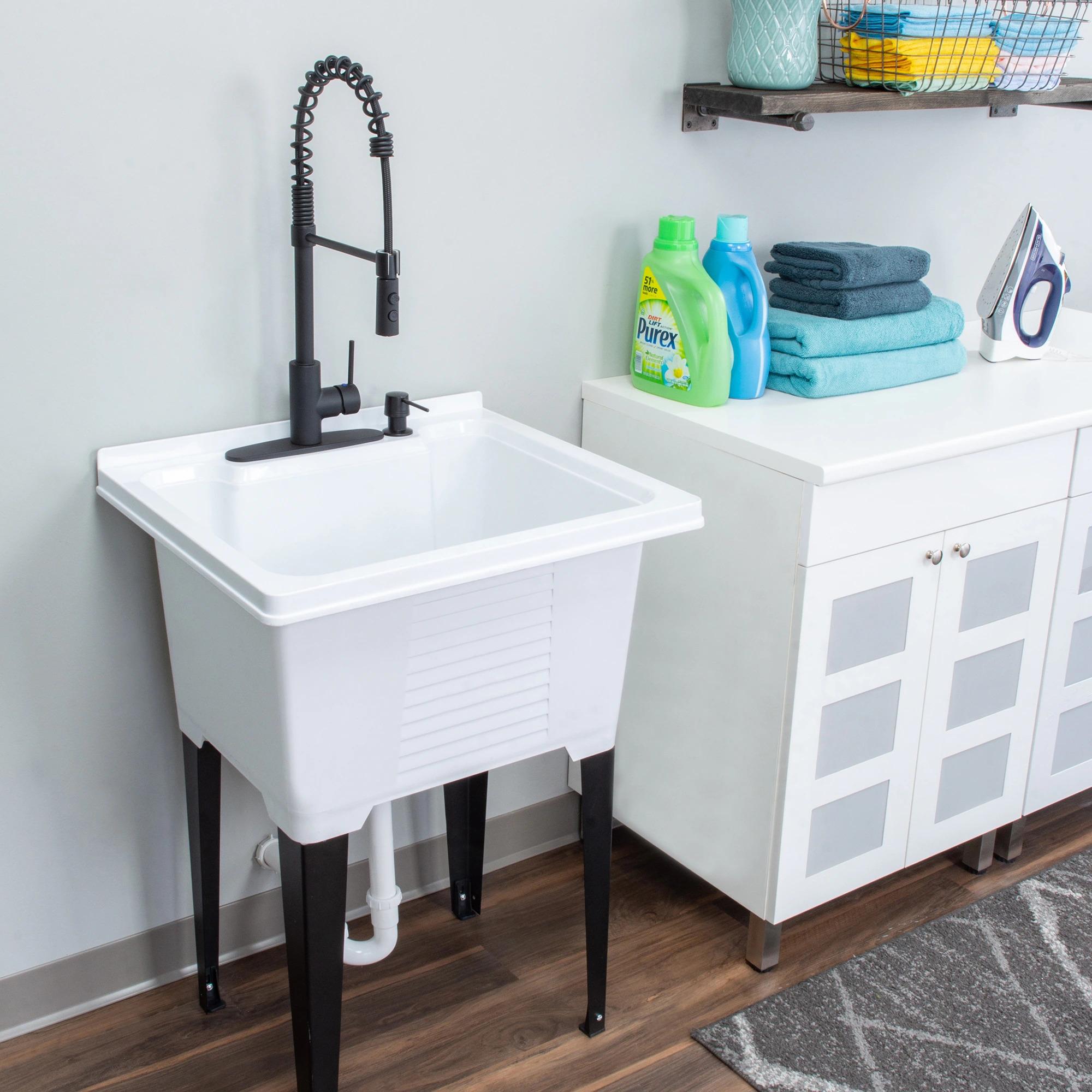
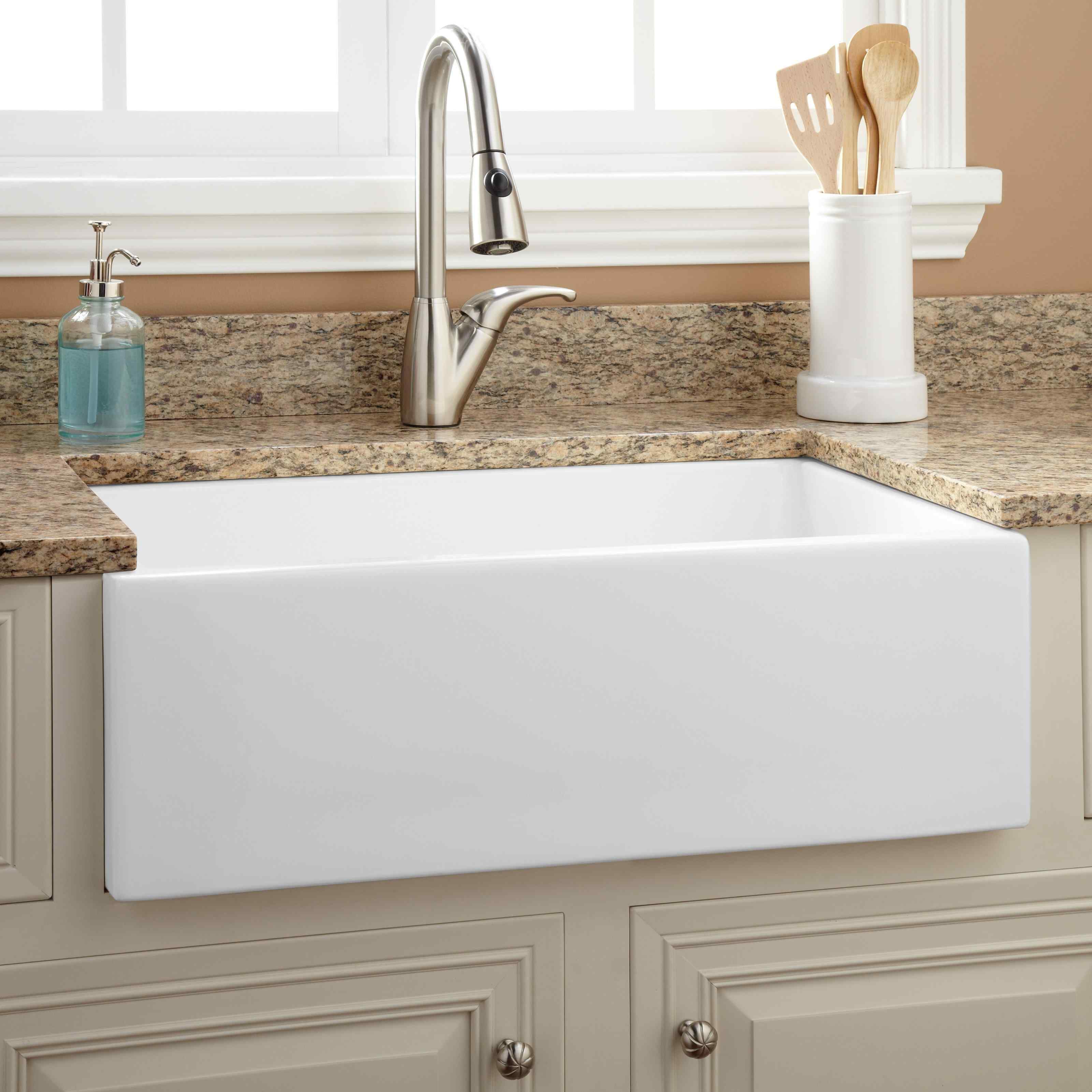
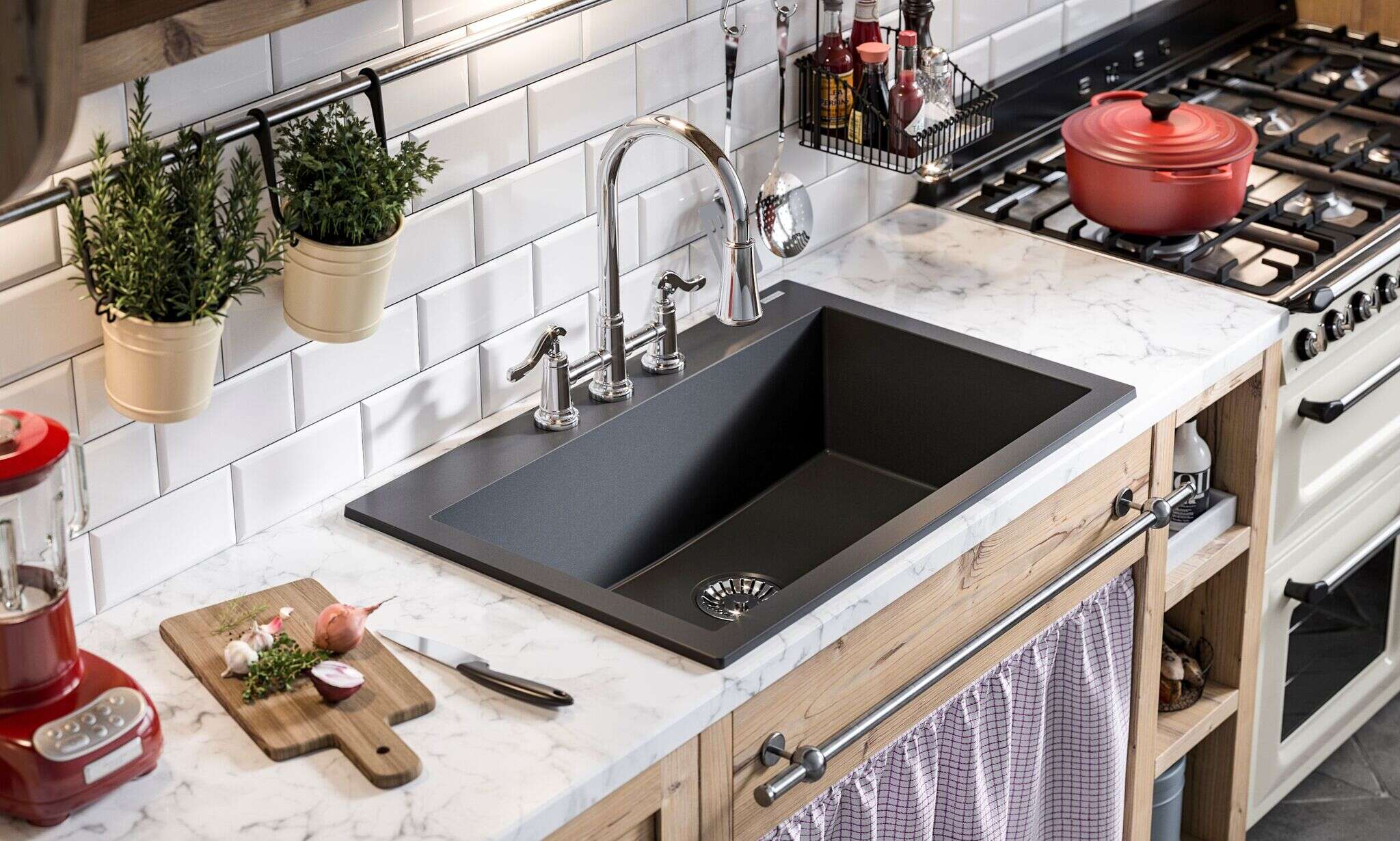
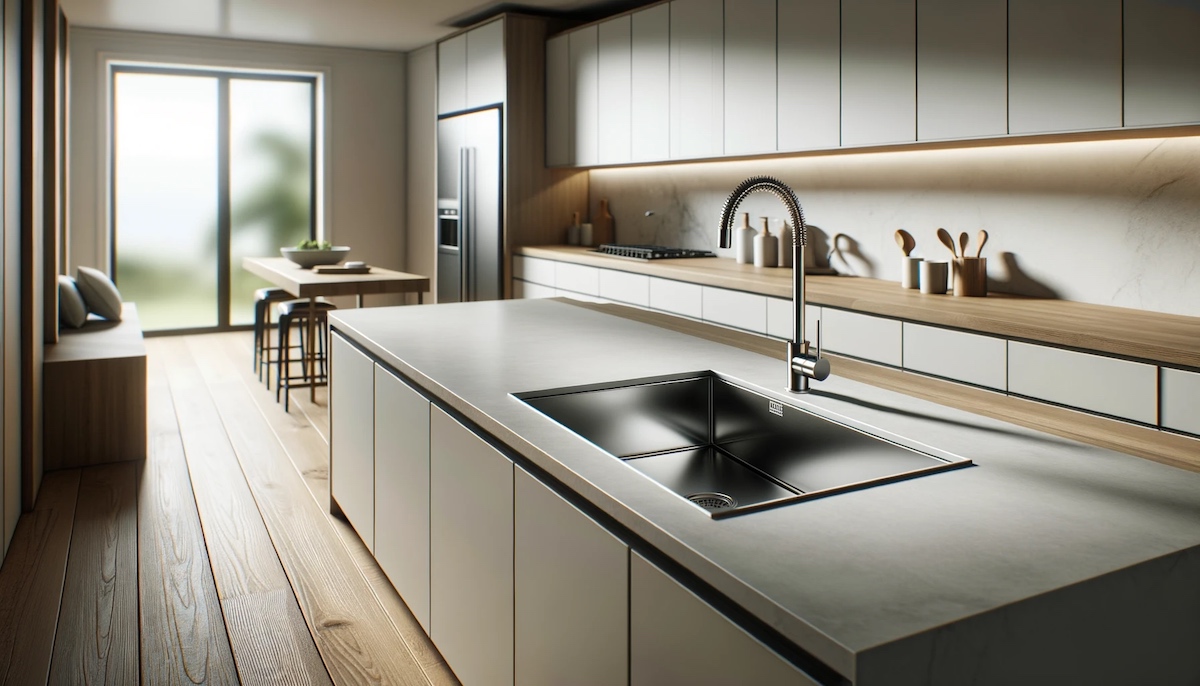

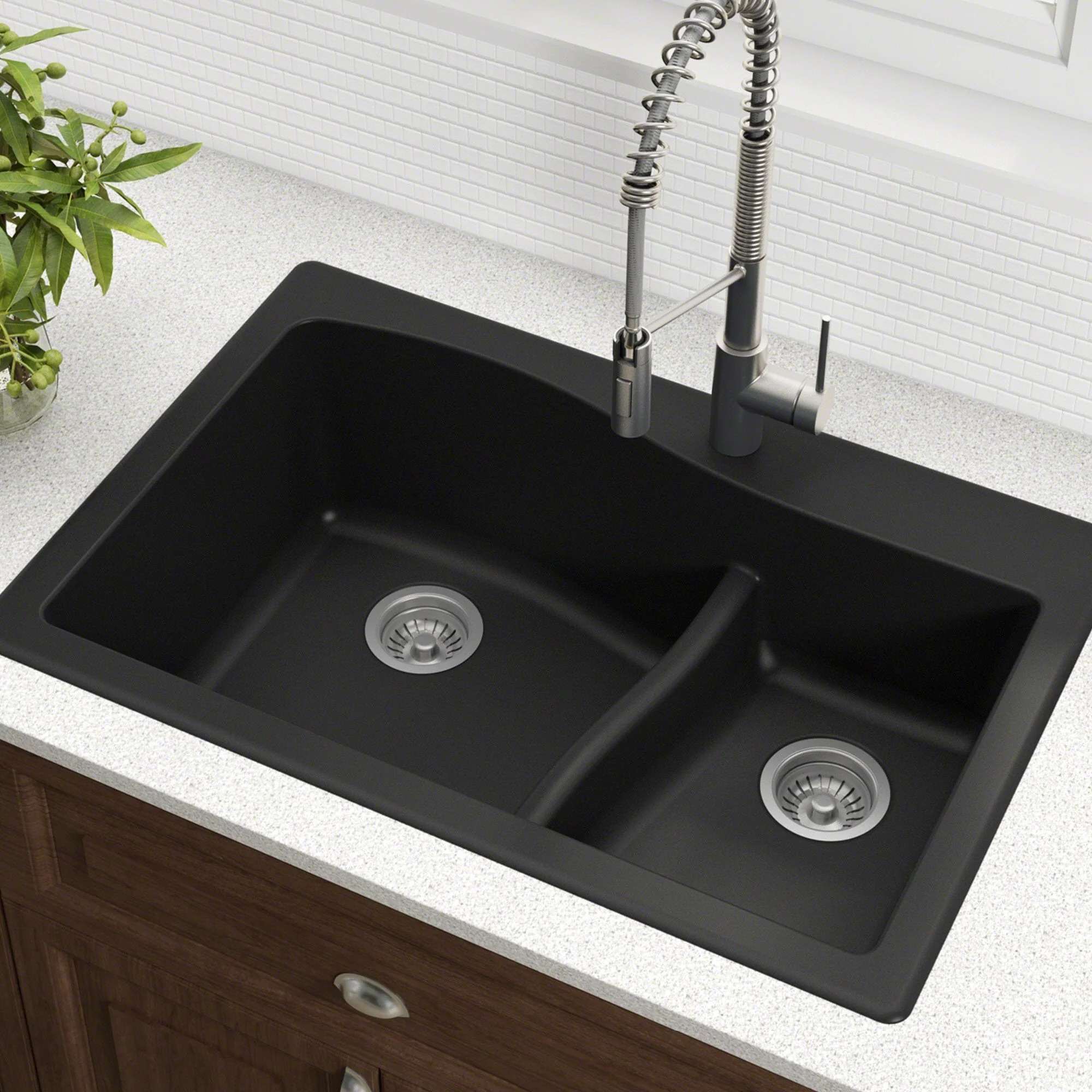

0 thoughts on “What is an Undermount Sink and How To Install One”